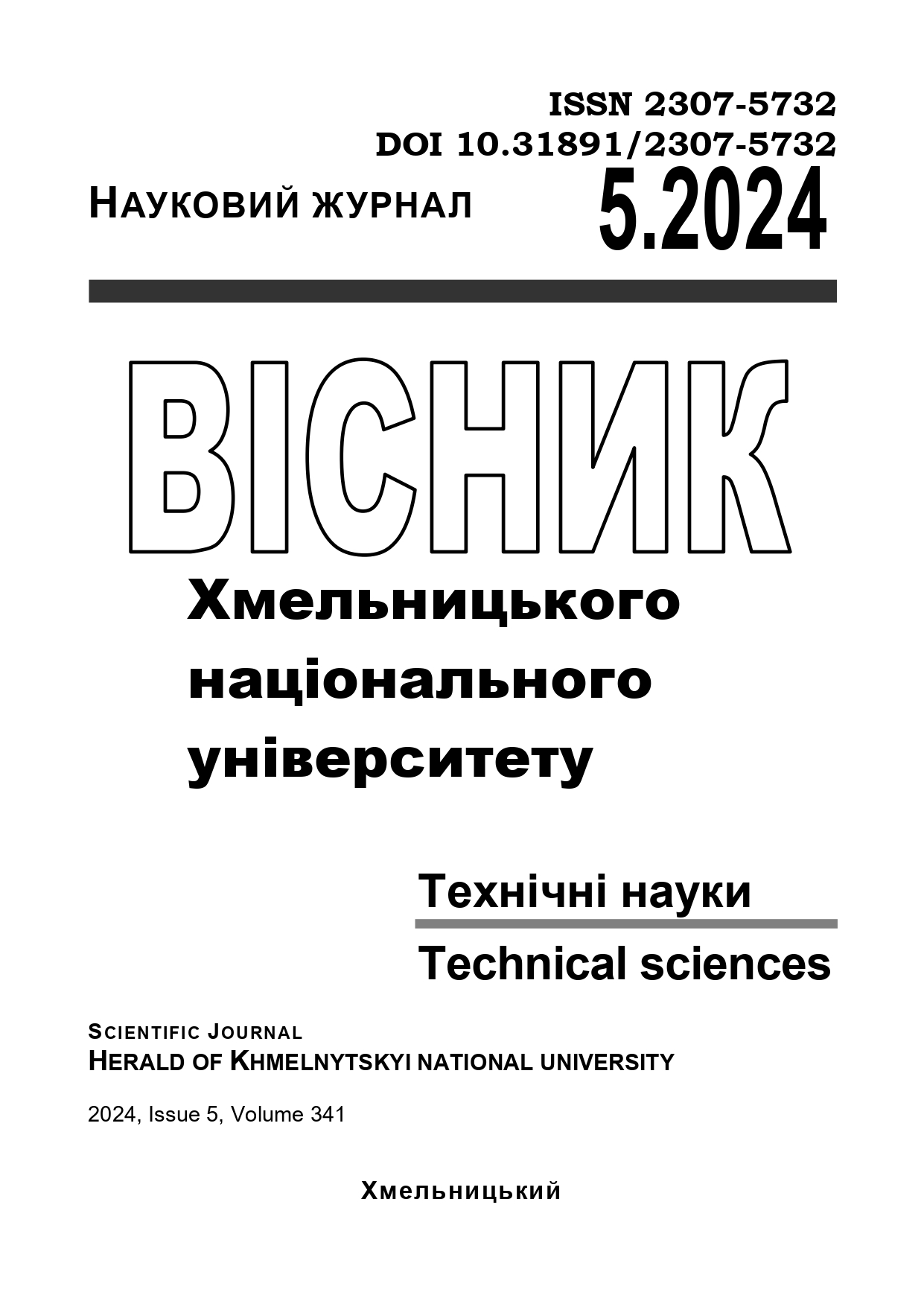FORECASTING THE BEHAVIOR OF SOCIAL MEDIA OBJECTS
DOI:
https://doi.org/10.31891/2307-5732-2024-341-5-46Keywords:
social network, reposts, content, neural network, neuron training, Big DataAbstract
The article proposes an approach to formalising qualitatively heterogeneous processes of growth/decline in popularity of social media content under the influence of external factors within the framework of a forecasting model. The author's approach to the use of artificial neural networks in predicting the behaviour of social media objects is substantiated. It is substantiated that the dynamic predictive model will make it possible to refine the predictions on the studied indicators: reposts of content in social networks, video and music trends, and popularity of bloggers at the next modelling step. The main purpose of the model is to mathematically process and analyse stochastic information flows that are formed under dynamic conditions of uncertainty under the influence of external factors. The article uses as input data individual time series reflecting the number of reposts for a specific date for certain objects, such as music trends, bloggers or video content. The values of the number of reposts are random, which leads to uncertainty in the predictions that characterise the behaviour of the system. A system of constraints and predictors is proposed to describe the relationship between input and output. Dynamic control variables set the allocation of resources for optimal use at any given time, which ensures consistency between all the parameters required for analysis. Based on the data obtained, we analyse the status and behaviour of users in social media to develop forecasts of their future activity. In particular, predicting the number of reposts is important for popularising music trends, videos, and bloggers and helps to promote their businesses. The basic element of the neural network developed in this study is a dynamic neuron for calculating the predictive reposting rates of popular trends on a social network. The process of training the neuron takes into account the prediction error for the previous period The reliability of the results obtained with the developed statistical finite difference model for predicting the graph weight index using large data samples is verified. The overall performance of the model has been tested on large samples of data on music trends in social networks. The practical value lies in the possibility of forecasting time series to predict user behaviour and suggestions for promising content (bloggers, music, videos) for the purpose of further investment, promotion in social networks, advertising and development of new projects.

